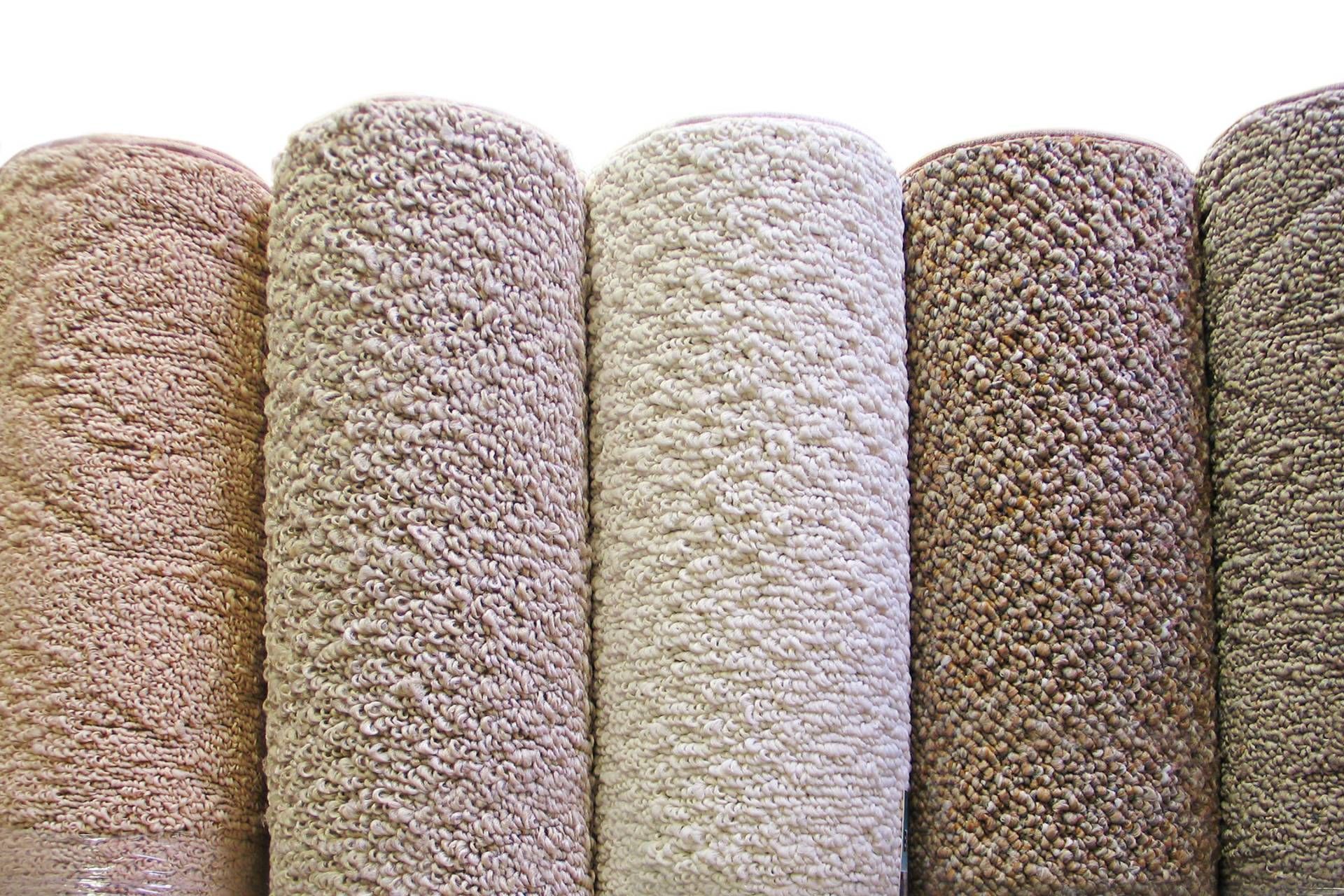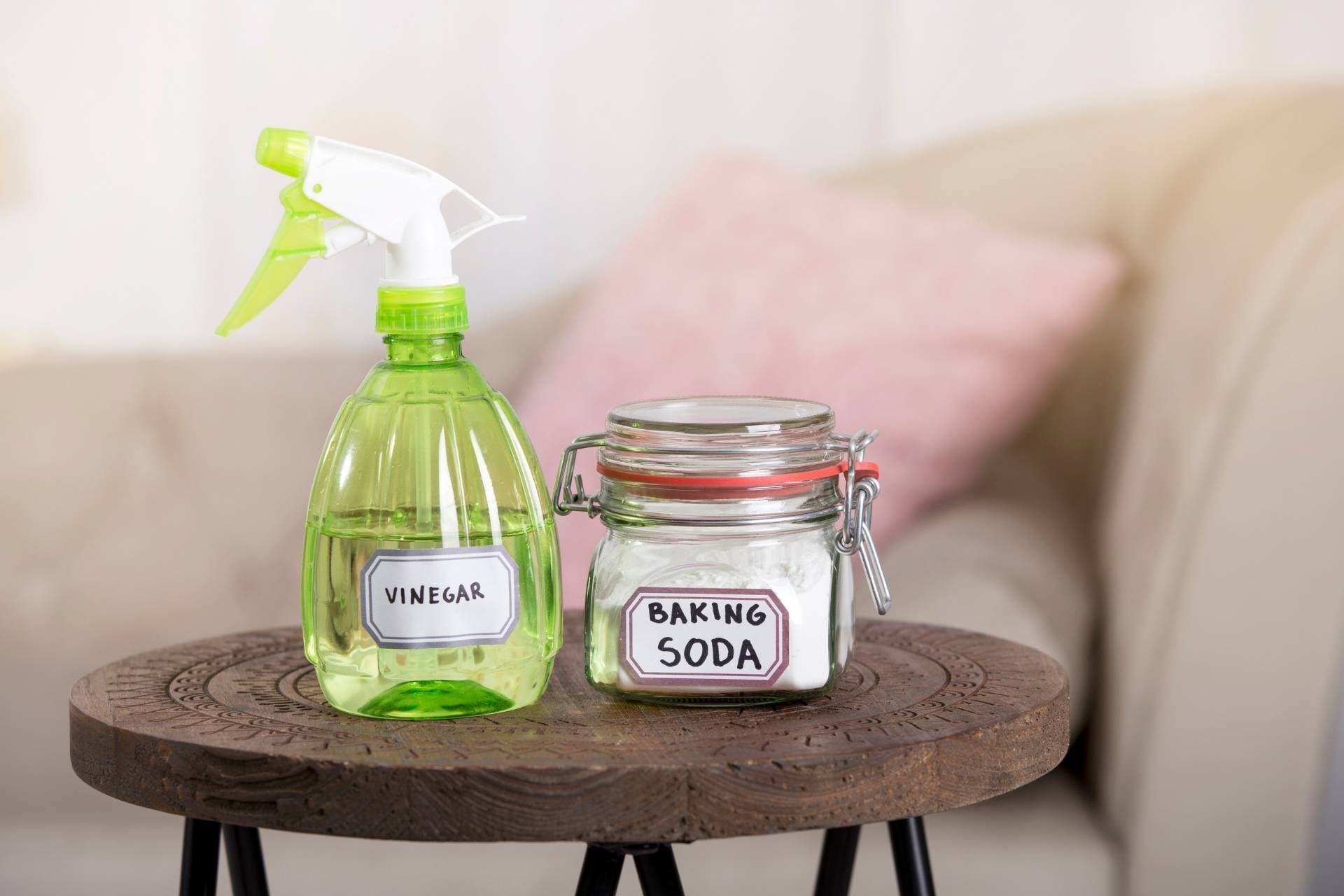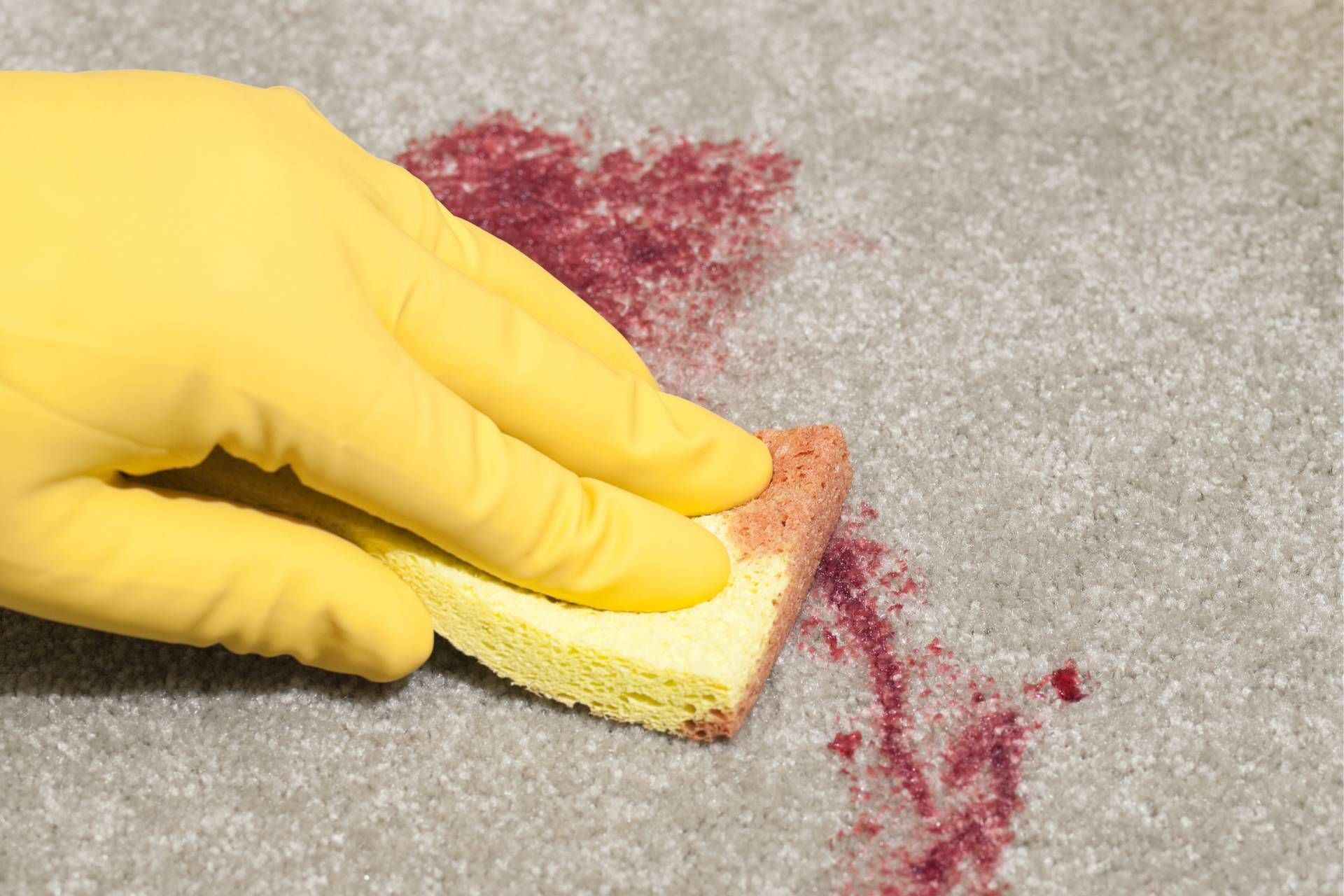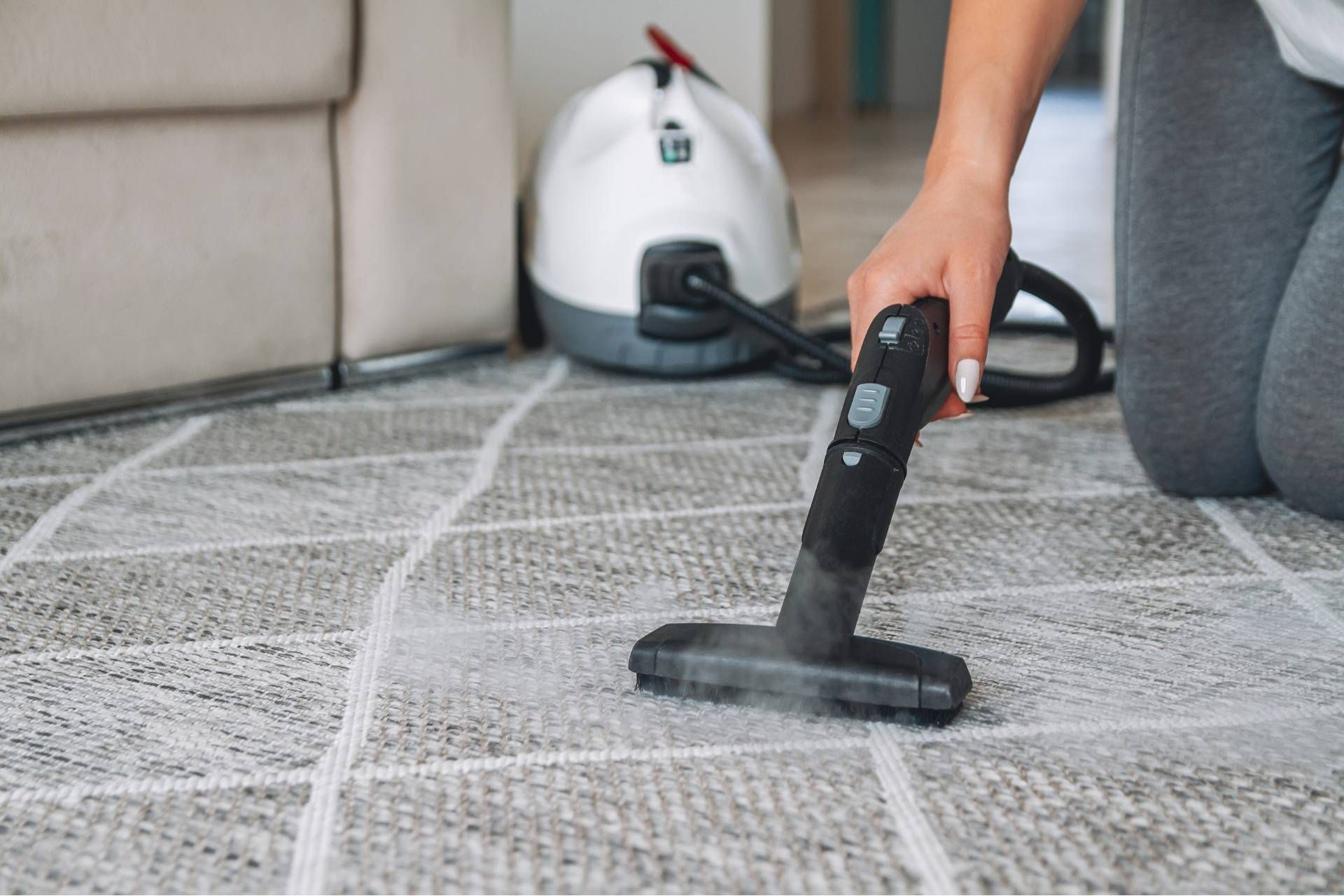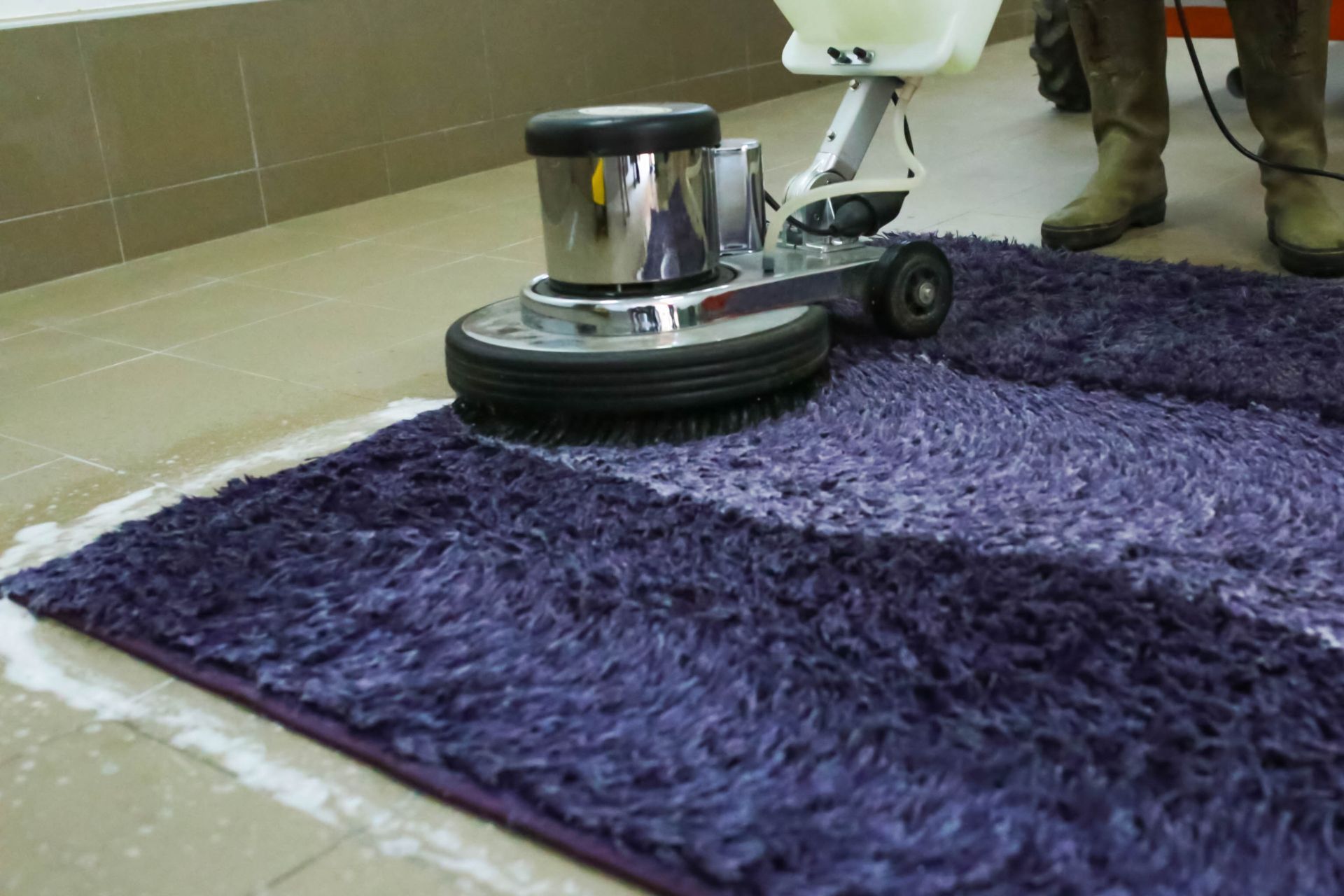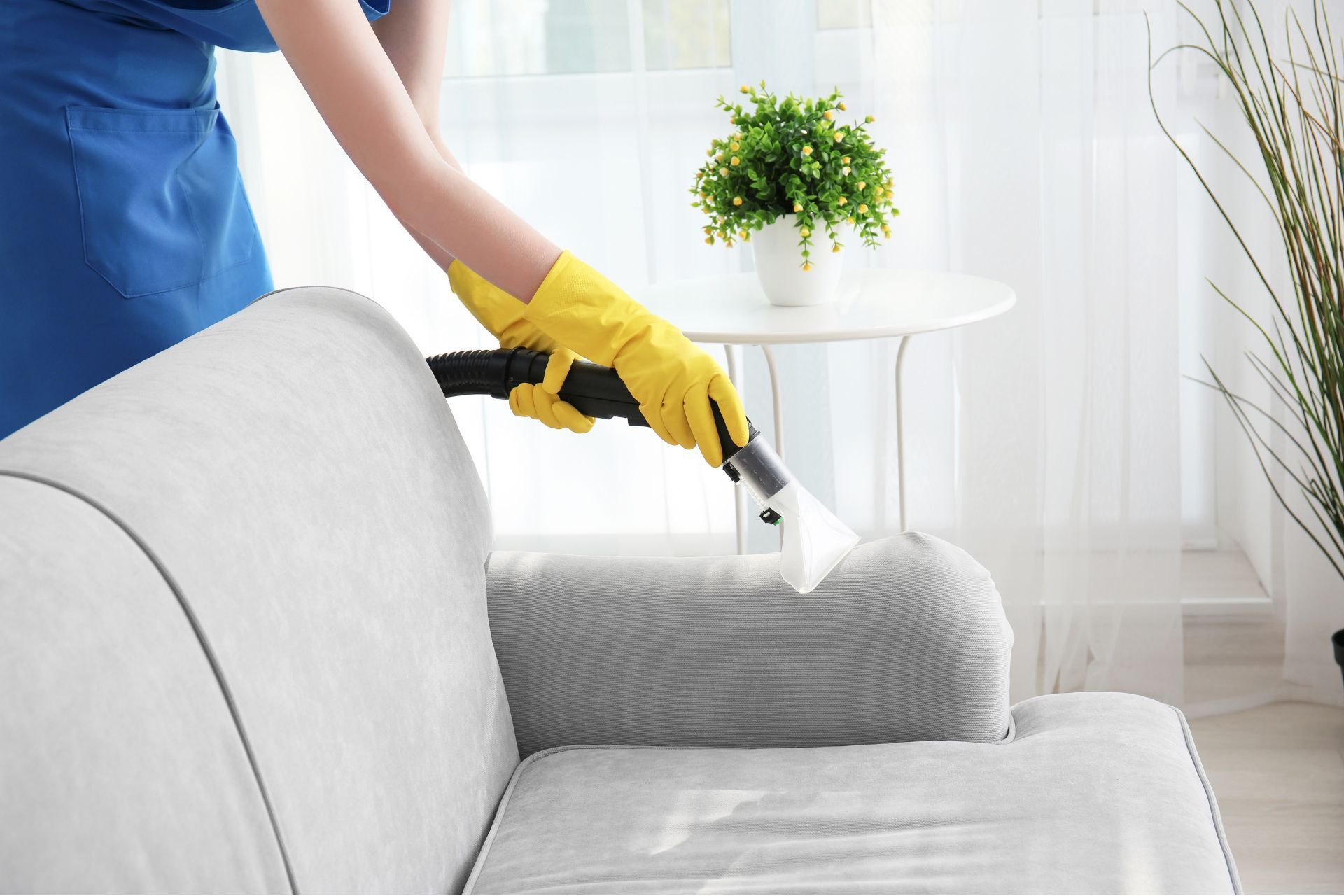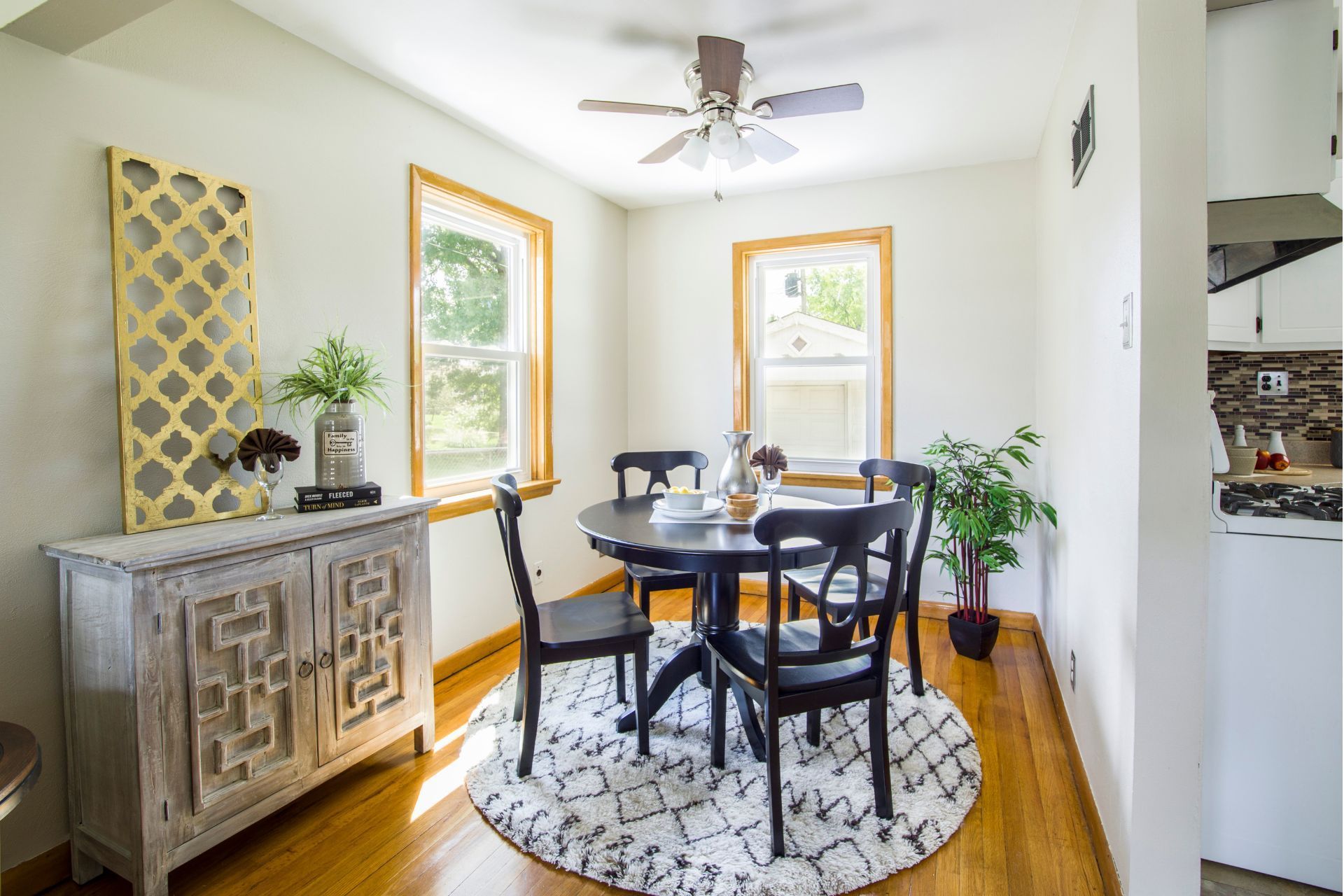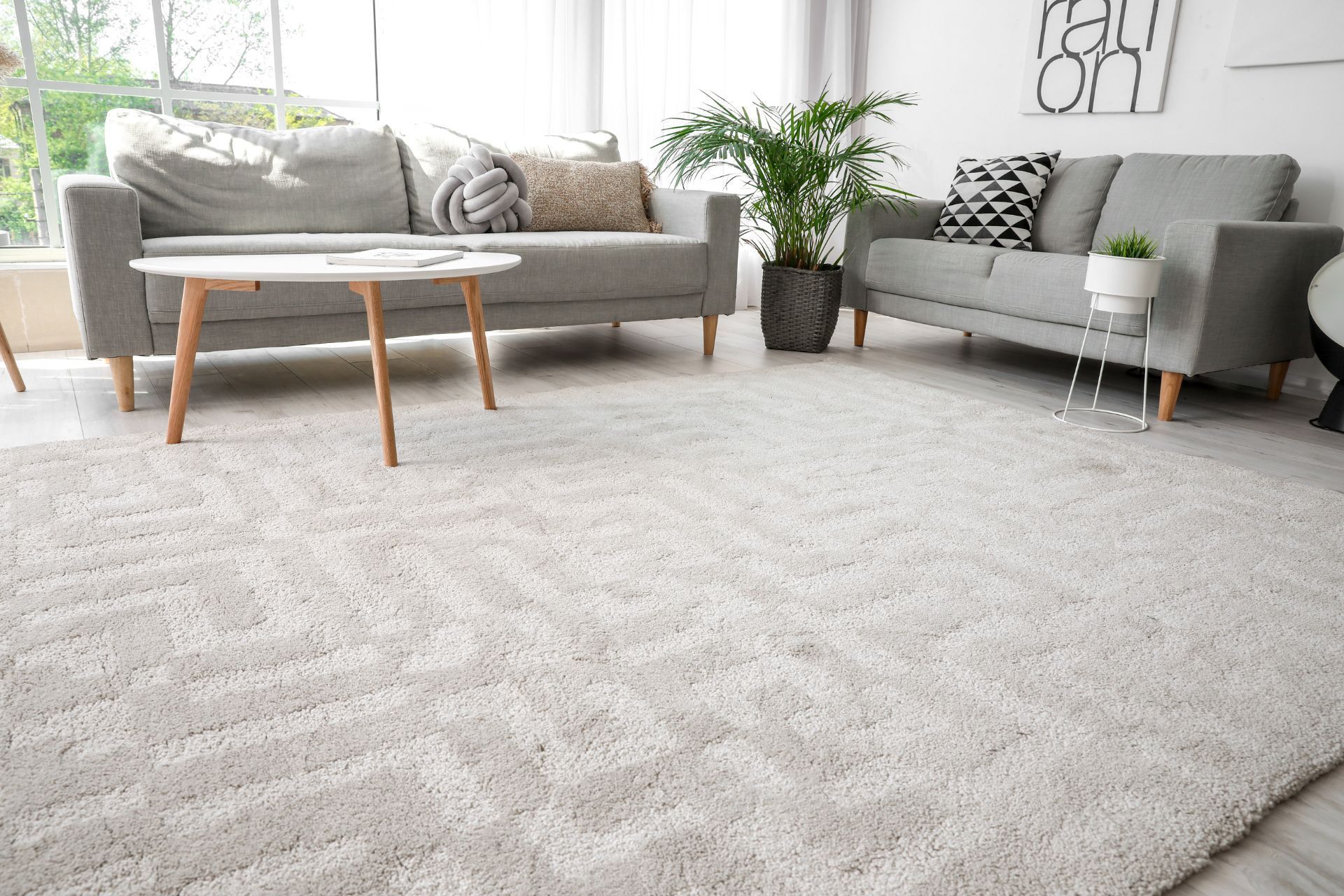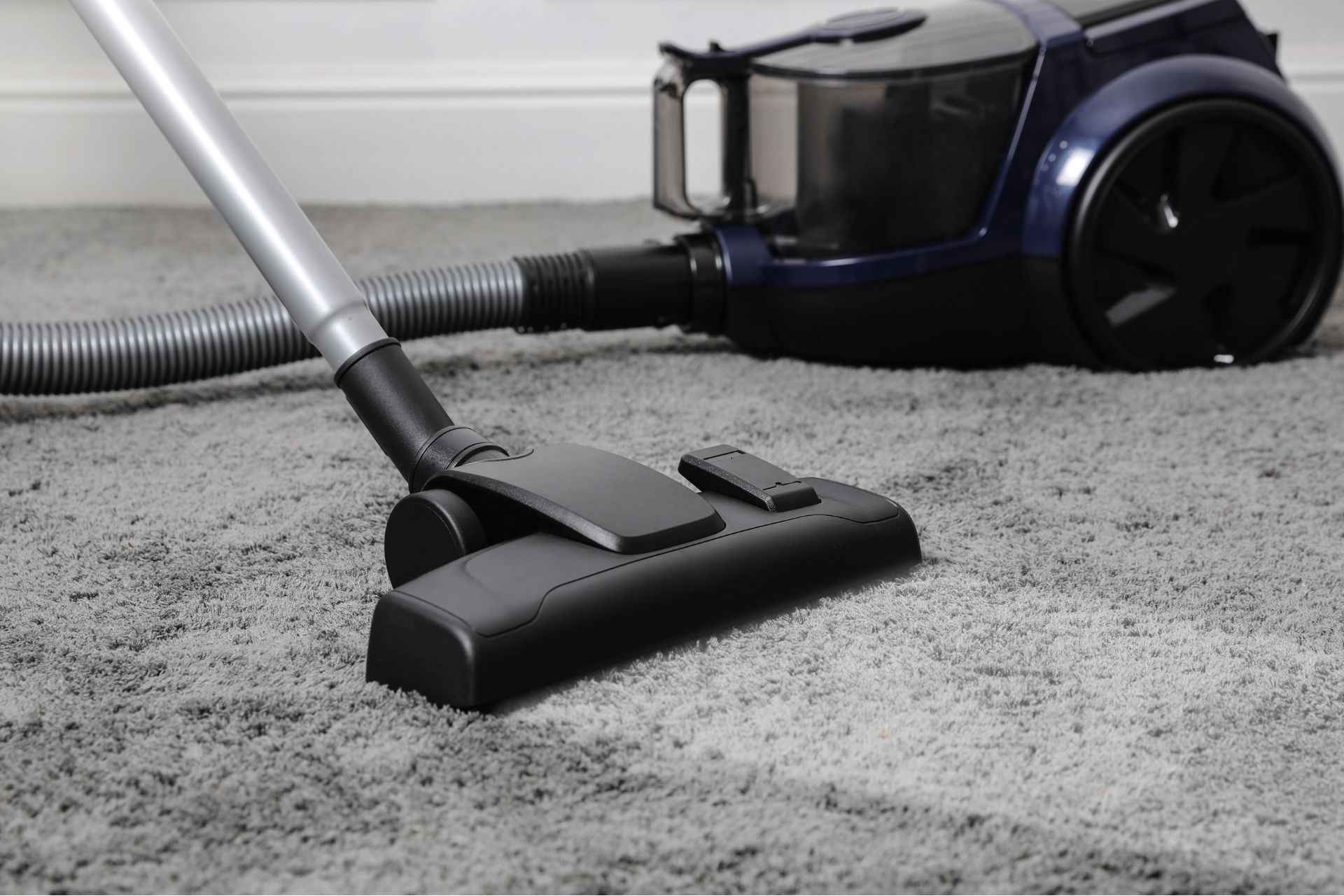Guide to Different Types of Carpet Fiber
Carpet fiber refers to the material that makes up the surface of a carpet. There are various types of carpet fibers, including nylon, polyester, olefin (polypropylene), and wool. The choice of carpet fiber can impact the overall performance and appearance of the carpet.
When choosing a new carpet for your home, one of the most important factors to consider is the type of fiber used in the carpet. Different types of fibers have different qualities and characteristics that can affect the look, feel, and durability of the carpet. Here is a guide to the most common types of carpet fibers:
Common Carpet Terms
- Pile: Refers to the height of the fibers on the carpet surface.
- Loop Pile: Refers to carpet with loops of yarn that are uncut, giving it a durable and textured appearance.
- Cut Pile: Refers to carpet with loops of yarn that are cut, creating a soft and plush surface.
- Berber: A type of carpet with a loop pile construction that is often made from wool or nylon.
- Saxony: A type of cut pile carpet with a dense, plush surface that is often used in formal settings.
- Frieze: A type of cut pile carpet with twisted fibers that create a casual and textured appearance.
- Padding: A layer of material placed between the carpet and the subfloor to provide cushioning and support.
- Underlayment: A layer of material placed beneath the carpet padding to provide additional support, noise reduction, and moisture resistance.
- Stain resistance: Refers to the ability of the carpet fibers to resist stains and spills, usually achieved through special treatments or materials.
- Pilling: Refers to the formation of small balls of fibers on the carpet surface, typically caused by friction or abrasion.
- Wear layer: The top layer of the carpet that is designed to withstand foot traffic and maintain the appearance of the carpet.
Types of Carpet Fiber
Nylon
Nylon carpet fiber is a synthetic material that is commonly used in the production of carpets. Nylon fibers are known for their durability, resilience, and ability to withstand high levels of foot traffic. They are also resistant to stains and abrasion, making them a popular choice for high-traffic areas in homes and commercial spaces. Nylon carpet fibers are available in a wide range of colors and styles, making them a versatile option for a variety of decorating needs.
Polyester
Polyester carpet fiber is a synthetic fiber made from polyester, a type of plastic derived from petroleum. It is commonly used in the production of carpeting due to its durability, stain resistance, and color retention properties. Polyester carpet fiber is also known for its soft and luxurious feel, making it a popular choice for residential carpeting. Additionally, polyester carpet fiber is known for its resistance to fading and moisture, making it a good option for high-traffic areas in homes.
Olefin (polypropylene)
Olefin, also known as polypropylene, is a synthetic carpet fiber that is commonly used in residential and commercial carpets. It is known for its durability, stain resistance, and resistance to fading from sunlight exposure. Olefin carpet fibers are also naturally water-resistant, making them a good choice for areas that are prone to spills or moisture. However, olefin fibers can be prone to crushing and matting over time, so regular vacuuming and cleaning is important to maintain the carpet's appearance. Overall, olefin carpet fibers are a practical and cost-effective option for many homeowners.
Wool
Wool carpet fiber is a natural fiber that comes from sheep. It is known for its softness, durability, and resilience. Wool carpets are prized for their luxurious look and feel, as well as their ability to resist stains and wear well over time. Additionally, wool is a renewable resource and biodegradable, making it an environmentally friendly choice for carpeting. Wool carpet fiber is often more expensive than synthetic fibers, but many consider it to be worth the investment due to its numerous benefits.
Triexta
Triexta is a type of carpet fiber that is a relatively new addition to the market. It is known for its durability, stain resistance, and softness. Triexta fibers are made from a polymer called polytrimethylene terephthalate (PTT), which is derived from corn sugar. This makes Triexta a more environmentally friendly option compared to traditional synthetic fibers like nylon or polyester. Triexta carpets are also resistant to crushing and fading, making them a popular choice for high-traffic areas in homes or commercial spaces.
Acrylic
Acrylic carpet fibers are synthetic fibers that are used in carpet manufacturing. They are known for their softness, durability, and resistance to moisture and stains. Acrylic fibers can mimic the look and feel of natural fibers like wool, making them a popular choice for high-end carpeting. They are also easy to clean and maintain, making them a practical choice for households with pets or children. Acrylic fibers are often blended with other fibers like polyester or nylon to improve their performance and longevity.
Blends
Some carpets are made with a blend of different fibers, such as nylon and wool, to combine the best qualities of each fiber. Blended fibers can offer a balance of durability, softness, and stain resistance.
What to Consider When Choosing a Carpet
Choosing a carpet for your home can be a daunting task with so many options available on the market. From colors and patterns to materials and durability, there are several factors to consider before making a final decision. Here are some key things to keep in mind when choosing a carpet for your space:
1. Material: Carpets come in a variety of materials such as wool, nylon, polyester, and polypropylene. Consider the durability, feel, and maintenance requirements of each material before making a decision.
2. Style: Choose a carpet style that matches the aesthetic of the room. Options include plush, textured, Berber, and frieze, among others.
3. Color: Consider the color scheme of the room and choose a carpet color that complements it. Lighter colors can make a room appear larger, while darker colors can create a cozy atmosphere.
4. Thickness: The thickness of the carpet affects its comfort and durability. Thicker carpets provide more cushioning underfoot but may be harder to clean and maintain.
5. Maintenance: Consider the
cleaning and maintenance requirements of the carpet. Some materials and styles are easier to clean and maintain than others.
6. Budget: Set a budget for your carpet purchase and choose a carpet that fits within that budget. Keep in mind that higher-quality carpets may come with a higher price tag but may also be more durable and long-lasting.
7. Traffic: Consider the amount of foot traffic the room receives when selecting a carpet. High-traffic areas will require a more durable and stain-resistant carpet.
8. Padding: Don't forget to consider the quality of the carpet padding, as it can greatly impact the comfort and longevity of your carpet.
9. Installation: Consider the installation process and cost when choosing a carpet. Some carpets may require professional installation, while others can be easily installed as a DIY project.
10. Warranty: Check the warranty offered by the carpet manufacturer and retailer to ensure you are protected in case of defects or premature wear.
SERVICE AREAS

